Video monetization is a primary source of revenue for streaming services. By offering paid subscriptions, pay-per-view options, or advertising-supported content, you can generate higher revenue, and cover operating costs, invest in content, and turn a profit. Sustainable revenue models are essential for the long-term viability of streaming services. A well-structured monetization strategy can ensure a consistent income stream, allowing the platform to grow and evolve over time.
Pay Per View has become a dynamic and versatile method for delivering content directly to consumers, allowing them to access premium and exclusive content on a per-view basis. This model has redefined the way we consume entertainment, providing new opportunities for content providers to engage their audience, monetize their offerings, and establish sustainable revenue streams.
In this blog, we will explore PPV streaming and will find out how Pay Per View works. So, let’s get started…
What is Video Monetization?
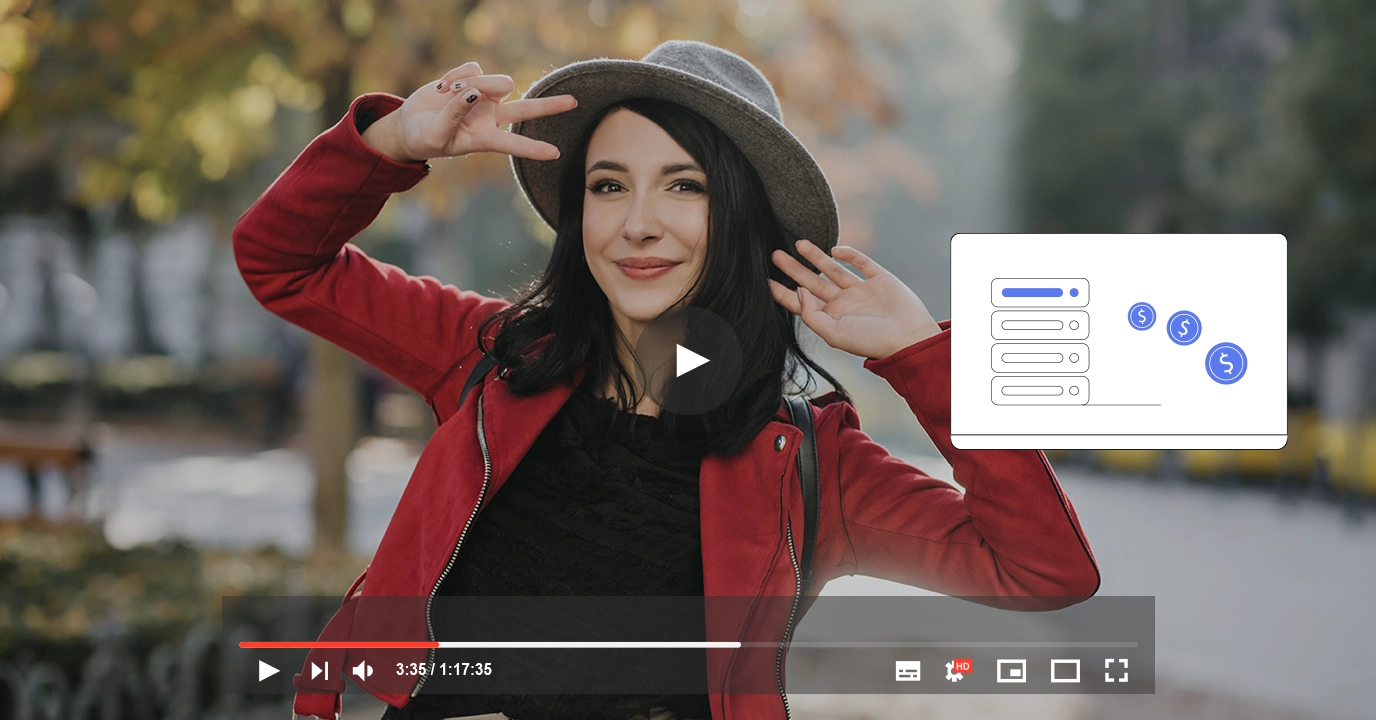
Video monetization refers to the process of generating revenue from videos, typically through various methods or platforms. This is often associated with content creators and businesses who produce video content and seek to profit from it. There are various types of monetization models such as:
- Advertising
- Subscriptions
- Pay-Per-View
- Sponsorships
- Crowdfunding and Donations
The choice of video monetization method often depends on the platform, the type of content, the target audience, and the creator’s goals.
What is PPV Streaming?
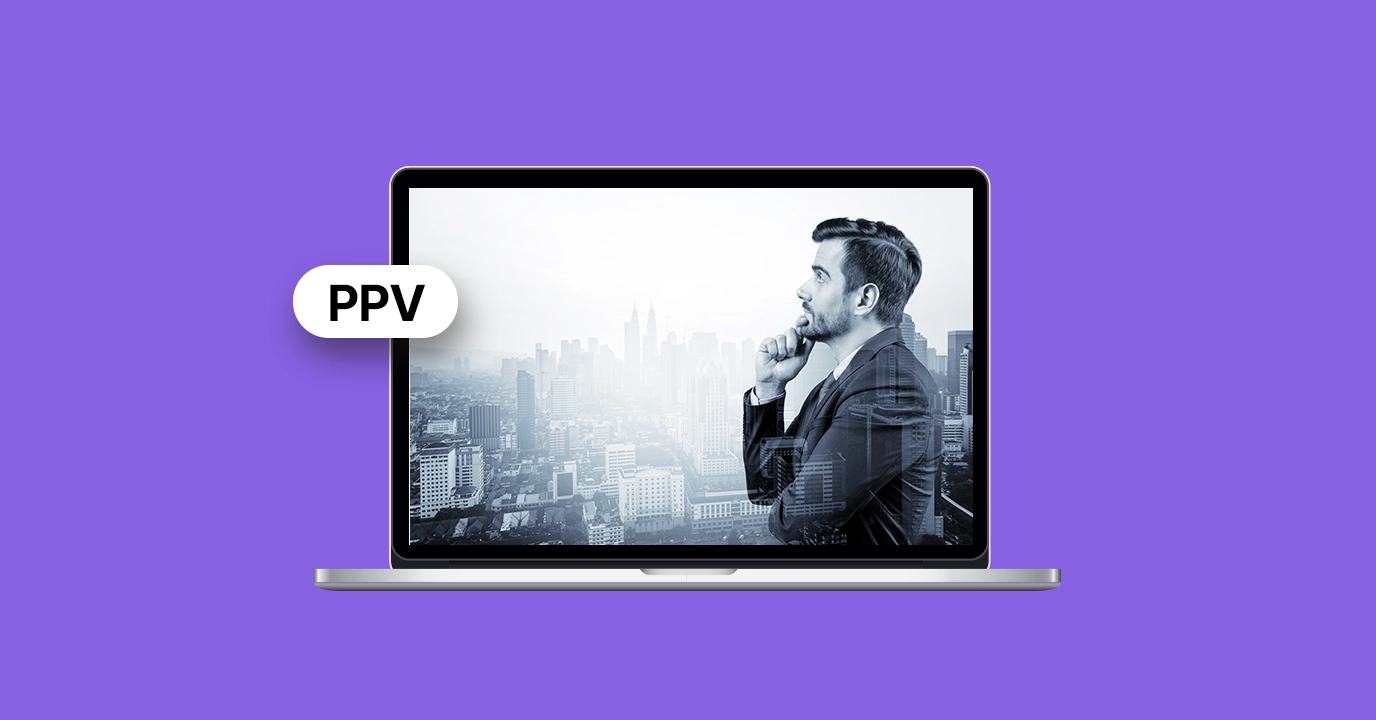
PPV stands for “Pay-Per-View,” and PPV streaming refers to a method of distributing and accessing video content on a paid basis. In a PPV streaming model, viewers pay a specific fee to access and watch a particular piece of content, typically a live event, sports match, concert, movie, or special program. The content is not included in a regular subscription or available for free but instead requires a one-time payment for temporary access
Pay Per View streaming is commonly used for special events that are not part of a standard subscription package. Viewers can purchase access to these events for a specific time, often 24 hours, and watch the content on their internet-connected devices, such as smartphones, tablets, smart TVs, or computers.
The advent of new technologies in video streaming platforms and the internet has made PPV streaming more accessible, allowing viewers to purchase and watch content from the comfort of their homes. Many streaming platforms and services offer Pay Per View options as an additional revenue stream alongside their subscription-based content. This model provides content providers with a way to monetize high-demand or exclusive content while giving viewers the flexibility to pay only for what they want to watch.
How does Pay-Per-View (PPV) Streaming Work?
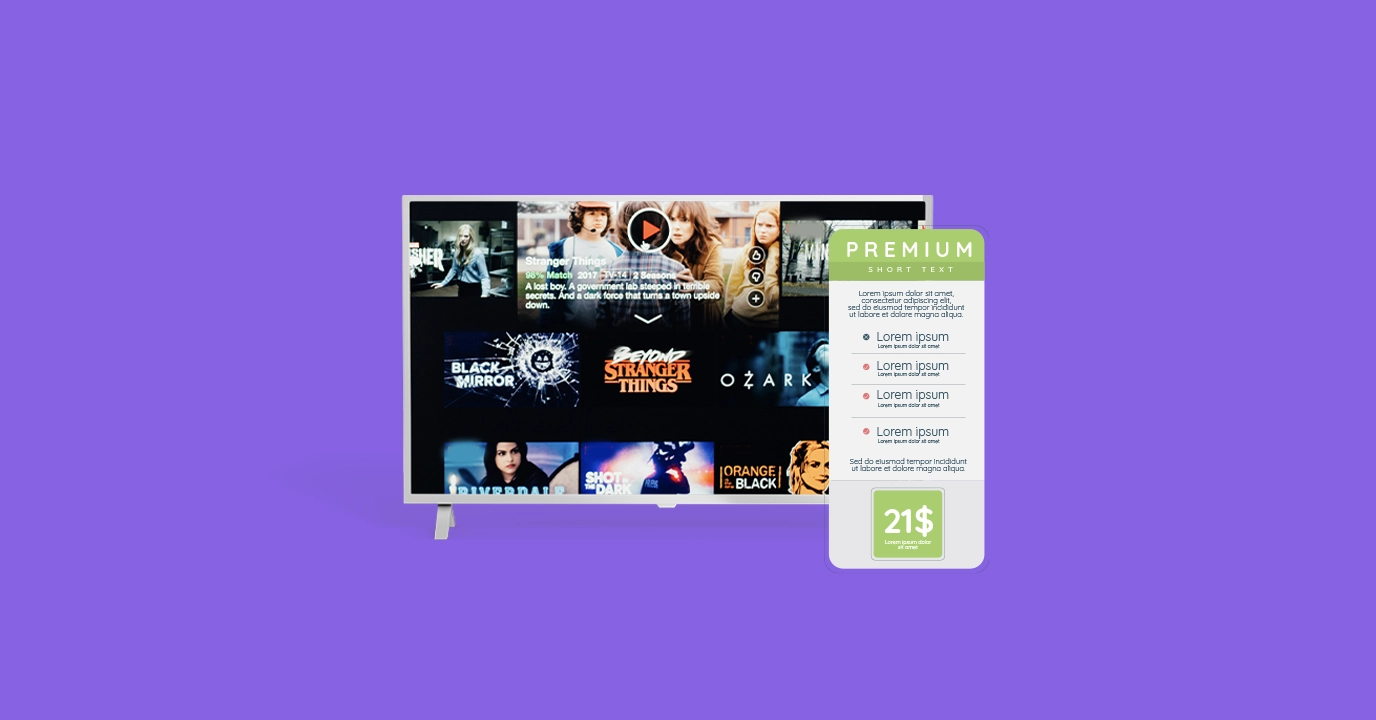
Pay-Per-View (PPV) streaming is a method of distributing and monetizing access to live or on-demand content, such as sporting events, concerts, movies, or exclusive shows. Here’s an overview of how it works, covering the key aspects you mentioned:
Content Acquisition:
Content providers or event organizers acquire the rights to the content they want to stream as Pay Per View. This can involve negotiating licensing agreements, securing broadcasting rights, or creating original content.
Platform Setup:
An Online video platform is established to host and deliver the PPV content. This platform can be a standalone website, a mobile app, or integrated into an existing streaming service.
Event Scheduling:
The content providers determine the date and time of the Pay Per View event. This information is essential for marketing, promotion, and informing potential viewers.
Access Control:
To prevent unauthorized access, access control measures are implemented. This includes user authentication, authorization, and encryption to protect the content from piracy and ensure that only paying customers can view it.
Streaming Infrastructure:
A robust streaming infrastructure is needed to deliver the content to viewers. This includes servers, Content Delivery Networks (CDNs), and video streaming protocols to ensure high-quality, low-latency delivery to a global audience.
Marketing and Promotion:
Promoting the Pay Per View event is crucial for its success. Marketing efforts can include advertising, social media campaigns, email marketing, partnerships with influencers, and more. The goal is to create buzz and drive interest in the event.
Post-Event Access:
Depending on the content type and licensing agreements, viewers may or may not have access to the content after the live event. Some PPV events may offer on-demand access for a limited time or include post-event highlights and analysis.
In a nutshell, PPV streaming involves securing content, setting up a platform for streaming, scheduling events, offering payment options, enforcing access control, building a robust streaming infrastructure, promoting the event, and managing post-event access. The success of a PPV streaming service depends on a combination of these elements, as well as the quality and desirability of the content being offered.
What are the Benefits of Opting for Pay-Per-View Streaming?
Pay-Per-View (PPV) streaming is a business model that allows viewers to access specific content for a one-time fee, which can provide several benefits for content creators, platforms, and viewers. Here are some benefits of choosing for pay-per-view (PPV) streaming:
Revenue Generation:
PPV streaming is an effective way to generate revenue because it allows content creators and platforms to charge viewers for access to their content. This revenue comes from the one-time fees viewers pay to watch a particular event, show, or content piece. It can be a significant source of income, especially for live events like sports, concerts, and special broadcasts.
Content Control:
With pay-per-view streaming, content creators have greater control over who can access their content. They can restrict access to only those who have paid for it, reducing the risk of unauthorized distribution and piracy. This control over access helps maintain the value of premium content.
Reduced Piracy:
Pay Per View models can significantly reduce piracy since viewers need to pay for access. When content is widely available for free, there is often more incentive for piracy. By charging a fee, content owners can reduce the motivation for people to seek illegal copies or streams of their content.
Analytics and Viewer Insights:
Pay Per View platforms often provide detailed analytics and viewer insights to content creators. This information can include data on viewer demographics, watch time, engagement, and more. These insights can be used to fine-tune content offerings, marketing strategies, and pricing models, allowing for data-driven decision-making.
Low Barrier to Entry:
Pay Per View streaming can be a viable option for content creators with a relatively small following or niche content. Unlike traditional broadcasting or distribution methods, Pay Per View streaming doesn’t require a massive audience to be financially viable. This lowers the barrier to entry for independent filmmakers, artists, and other creators.
Suitable for Niche Content:
Pay Per View is particularly well-suited for niche content that may not have mass appeal but is highly valuable to a specific audience. Creators can cater to a dedicated fan base and charge a premium for access to content that is tailored to their interests.
Flexibility and Adaptability:
Pay Per View streaming platforms offer flexibility in terms of pricing models and content offerings. Creators can experiment with different price points, content types, and promotional strategies to find the most effective approach for their target audience. This adaptability is especially valuable in the rapidly evolving media and entertainment industry.
How to price Pay-Per-View Video Content?
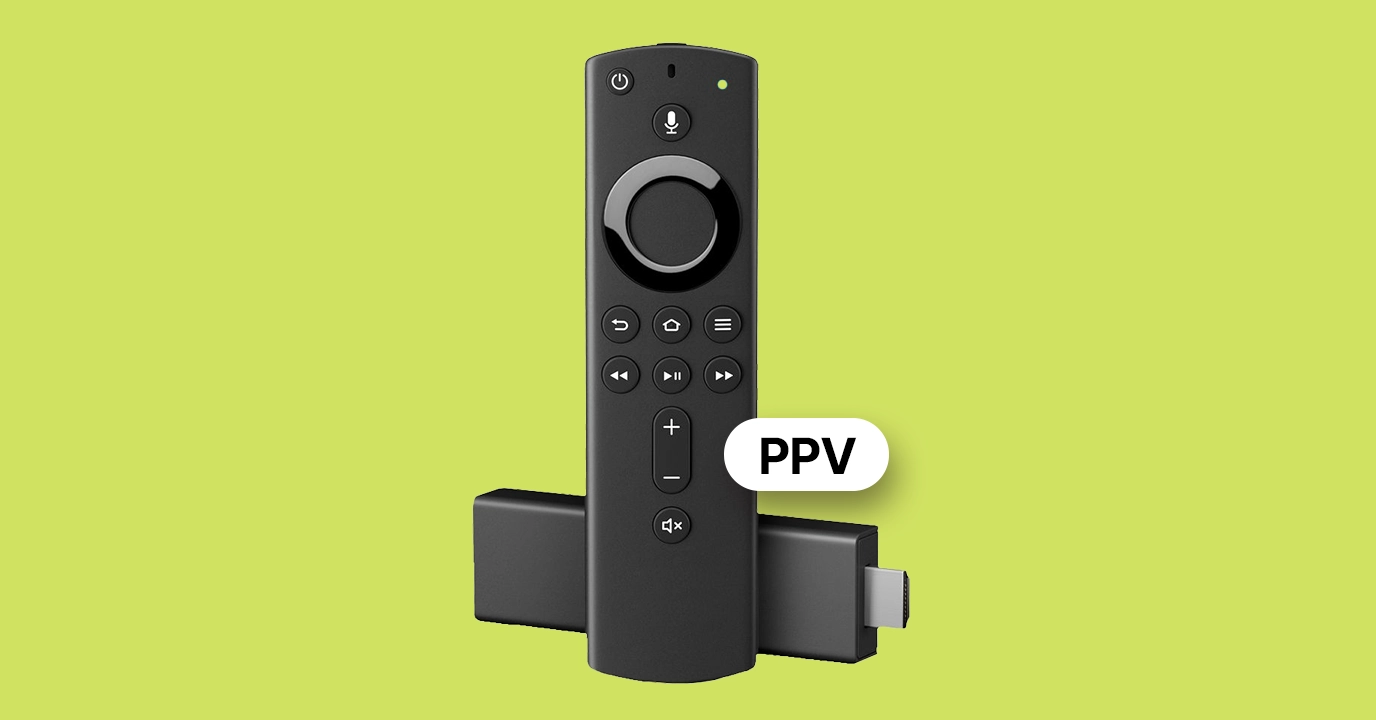
Pricing Pay Per View video content involves several factors, and it’s important to consider each one carefully to maximize your revenue while meeting the expectations of your audience. Here’s a detailed explanation of how-to price pay-per-view video content:
Length of the Video:
The length of your video is an essential factor in determining its price. Generally, longer videos with more content tend to be priced higher than shorter ones. However, the relationship between video length and price should be proportionate. You can calculate the price per minute by dividing the total price by the video’s duration. It’s essential to strike a balance here, as excessively high prices for long videos might deter potential viewers, while too low a price for short content might not be financially sustainable.
Production Value:
The production quality of your video also plays a significant role in pricing. High-quality production, including better cameras, professional editing, sound quality, and visual effects, often justifies a higher price. If your content is well-produced and provides a superior viewing experience, you can command a premium price. On the other hand, lower production value might warrant a lower price point.
Niche or Specialty Content:
The uniqueness and specialty of your content within a particular niche can affect the pricing strategy. Exclusive or hard-to-find content within a specific niche can often command higher prices, as it caters to a dedicated and potentially underserved audience. Assess the value of your content to viewers in your niche and price accordingly.
Demand for the Content:
The demand for your video content is a critical factor in determining the price. The more in-demand your content is, the higher you can price it. Consider factors like the target audience size, how unique your content is, and whether it addresses a trending or evergreen topic. Conduct market research to gauge the demand for your content.
Competitor Pricing:
Study the pricing strategies of your competitors in the pay-per-view video market. If you’re offering similar content, your pricing should be competitive, but not necessarily identical. You can price slightly lower or higher based on the quality, exclusivity, or additional perks of your content. Additionally, consider offering bundles or discounts to entice customers.
How to Create a PPV Streaming Platform with Muvi One?
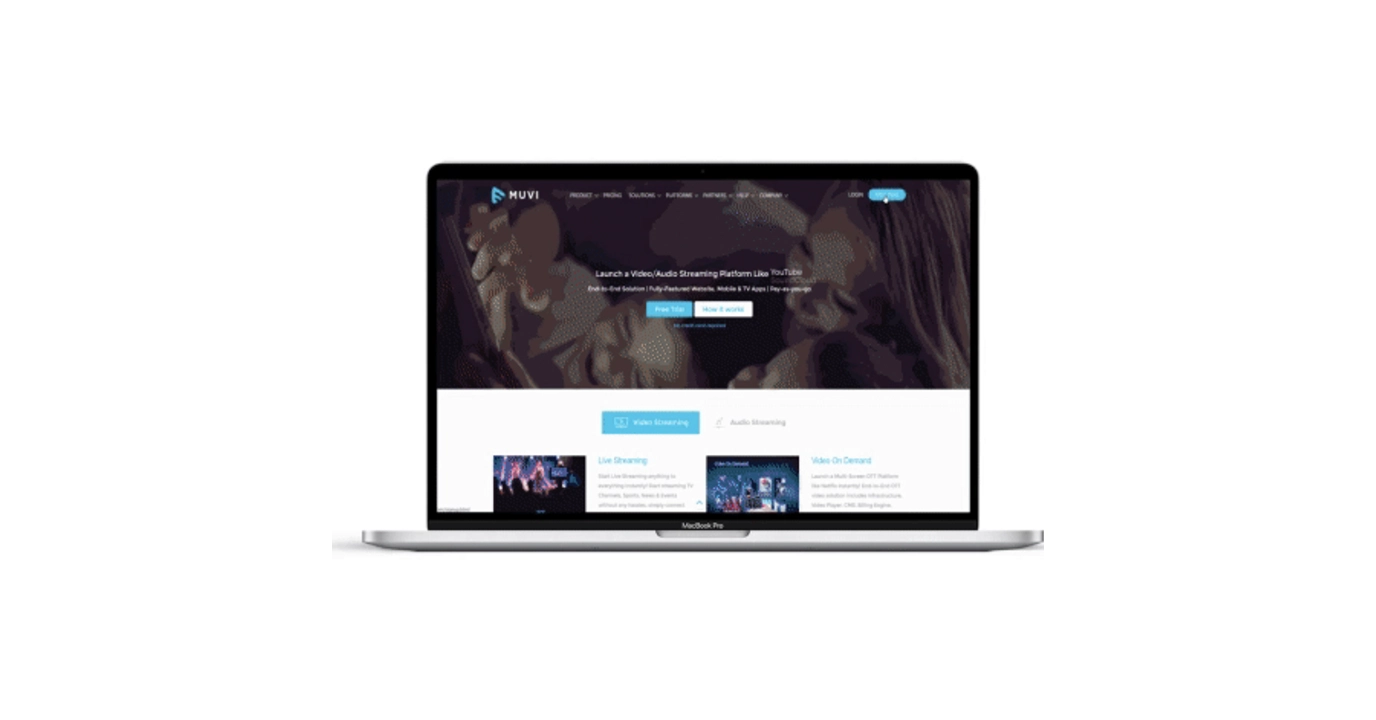
Creating a PPV (Pay-Per-View) streaming platform using Muvi One involves several steps. Muvi One is a platform that helps you set up and manage your own live video streaming service. Here’s a detailed guide on how to create your PPV streaming platform using Muvi One:
Signup and Set Up Your Account with Muvi One:
- Visit the Muvi One website and sign up for an account.
- Complete your registration.
- Once you have successfully registered, you will have access to your Muvi One dashboard.
Customize the Platform:
- Log in to your Muvi One dashboard.
- Customize your platform by selecting branding elements (logo, color scheme, etc.)and use an AI logo maker to make it visually appealing and unique.
- Configure your platform’s settings, such as languages, currencies, and other preferences, to tailor it to your target audience.
Create High-Quality Videos:
Before you can start uploading content, you need to create high-quality videos. Ensure your videos are well-produced, edited, and engaging.
Muvi One supports various video formats, including MP4, AVI, MOV, etc. Make sure your videos meet the recommended encoding settings for optimal streaming quality.
Upload Content:
- In your Muvi One dashboard, navigate to the content management section.
- Create categories and organize your content. You can set up different categories for various types of content, such as movies, documentaries, sports events, etc.
- Upload your videos and fill in the required metadata, including titles, descriptions, and tags.
Set Up Pricing Plans:
- Define your PPV pricing strategy. You can offer various pricing options, such as one-time purchases or rental fees.
- Create pricing plans with different pricing tiers, durations, and access levels for your content.
- Specify geographical restrictions or availability for your content, if needed.
Launch Your Platform:
- Once your content is uploaded, pricing plans are set up, and your platform is customized, it’s time to launch.
- Muvi One helps you launch your no-code PPV streaming platform instantly.
Analytics and Reporting:
- Use Muvi One’s built-in analytics and reporting feature to track the performance of your platform.
- Monitor key metrics like viewer engagement, revenue, and user behavior.
- Make data-driven decisions to optimize your content and pricing strategies.
Promote and Market:
- Promote your PPV streaming platform to attract viewers.
- Utilize various marketing channels, such as social media, email marketing, and SEO to drive traffic.
- Consider offering free trials or special promotions to entice potential subscribers.
- Collaborate with influencers or affiliates to expand your reach.
Conclusion
Pay Per View (PPV) streaming presents a highly effective avenue for content creators to monetize video content. This model allows to capitalize exclusive content, whether it be live events, movies, or educational courses, by offering viewers the option to pay for access. With the right pricing strategies, well-executed marketing efforts, and a commitment to continuous improvement, PPV streaming can prove to be a lucrative venture that benefits both content creators and their audience. As the digital landscape continues to evolve, the opportunities for content creators to thrive in the world of pay-per-view streaming are abundant, promising a win-win situation for all parties involved.
Muvi One offers various monetization options, including the Pay-Per-View (PPV) model, also known as Transactional Video on Demand (TVOD) or Rental Model. With PPV, you have the flexibility to sell online videos and audio content, charging users a one-time fee for access. Our plans include a range of advanced features, such as analytics and reports, ensuring a hassle-free experience for you.

FAQs
PPV stands for “Pay-Per-View,” and PPV streaming refers to a method of distributing and accessing video content on a paid basis. Pay Per View streaming is commonly used for special events that are not part of a standard subscription package. Viewers can purchase access to these events for a specific time, often 24 hours, and watch the content on their internet-connected devices, such as smartphones, tablets, smart TVs, or computers.
Pay-Per-View (PPV) streaming is a method of distributing and monetizing access to live or on-demand content, such as sporting events, concerts, movies, or exclusive shows. Here’s an overview of how it works, covering the key aspects you mentioned:
- Content Acquisition
- Platform Setup
- Event Scheduling
- Access Control
- Streaming Infrastructure
- Marketing and Promotion
- Post-Event Access
Subscription and Pay-Per-View (PPV) are two different models for accessing and paying for content, often in the context of television, streaming services, or other forms of media. In a subscription model, users pay a recurring fee at regular intervals (monthly, annually, etc.) to access a service or content. In a Pay-Per-View model, users pay a one-time fee to access a specific piece of content or event.
Many streaming services offer Pay-Per-View (PPV) options for specific events or content. Some of the well-known streaming services that may have PPV offerings include:
- Amazon Prime Video: Amazon often provides access to a variety of PPV content, including live events and new movie releases.
- YouTube: YouTube offers a rental or purchase option for movies and live events on a pay-per-view basis.
- Google Play Movies & TV: Similar to YouTube, Google Play allows users to rent or purchase movies and other content on a pay-per-view basis.
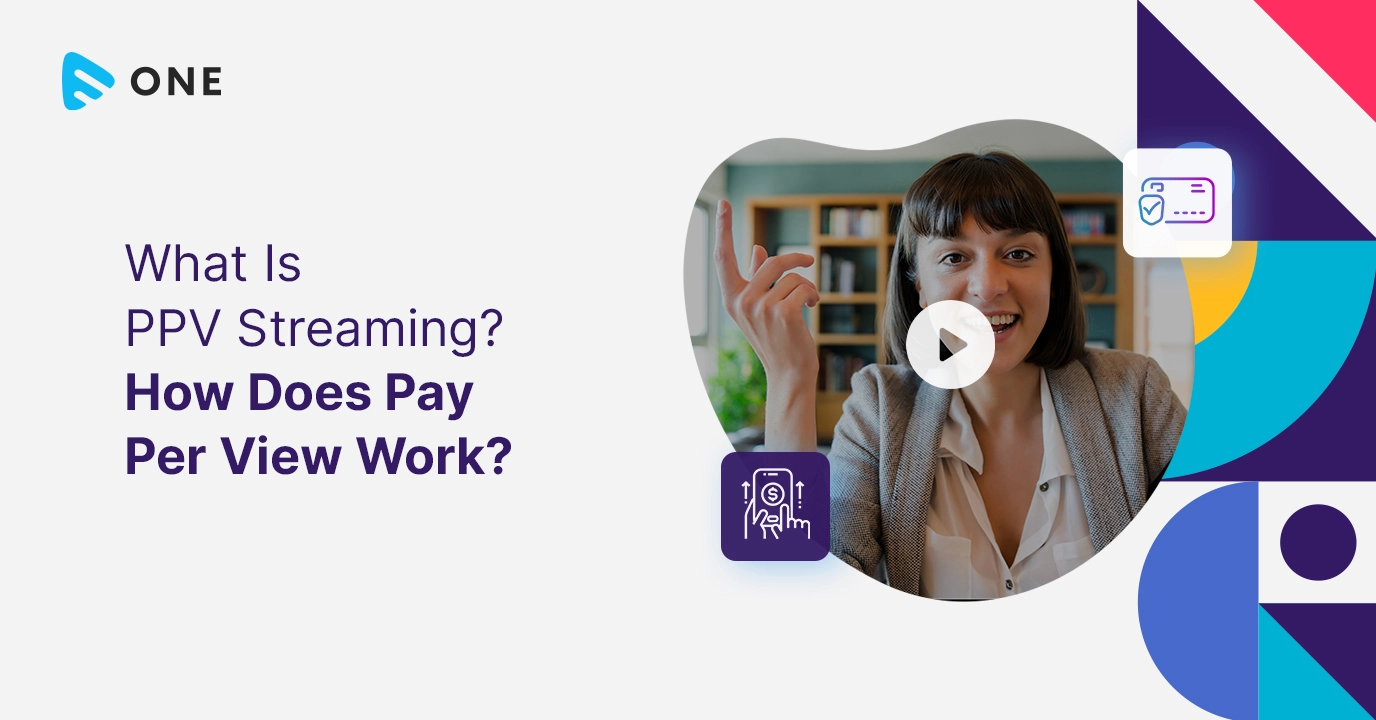








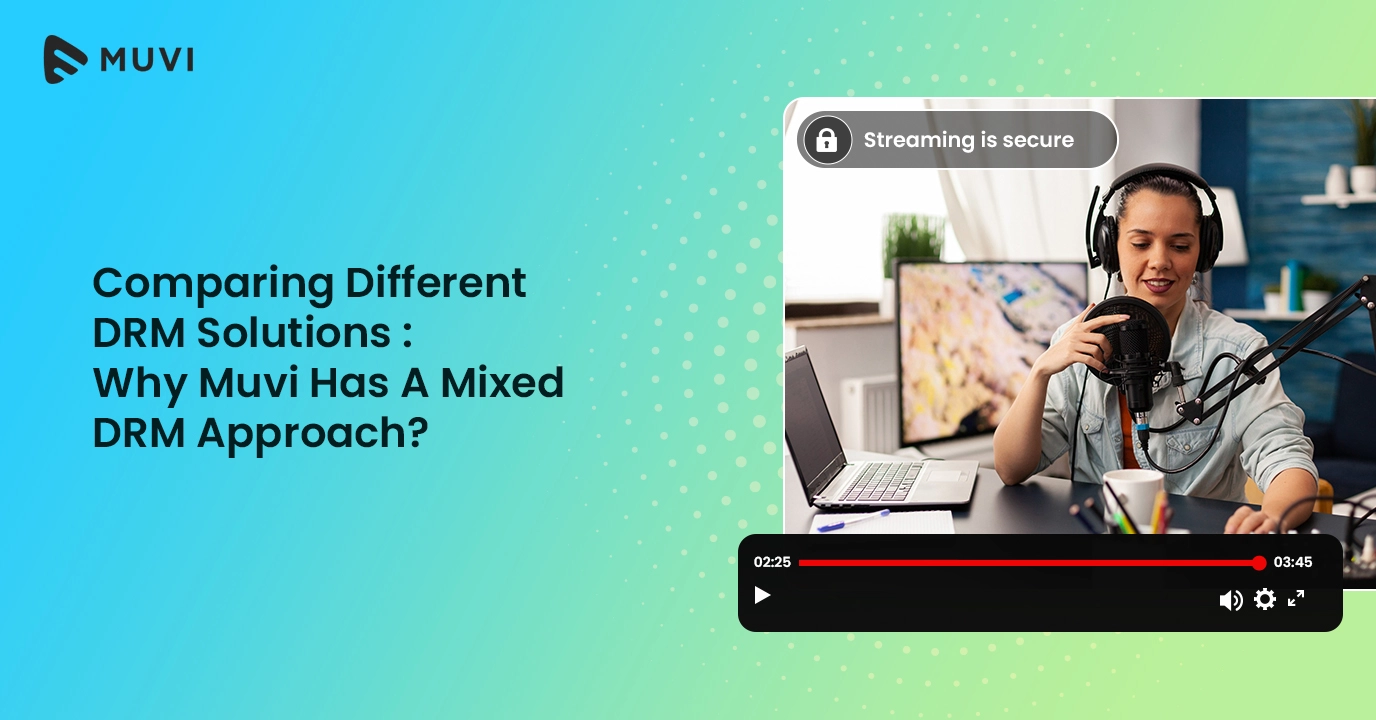
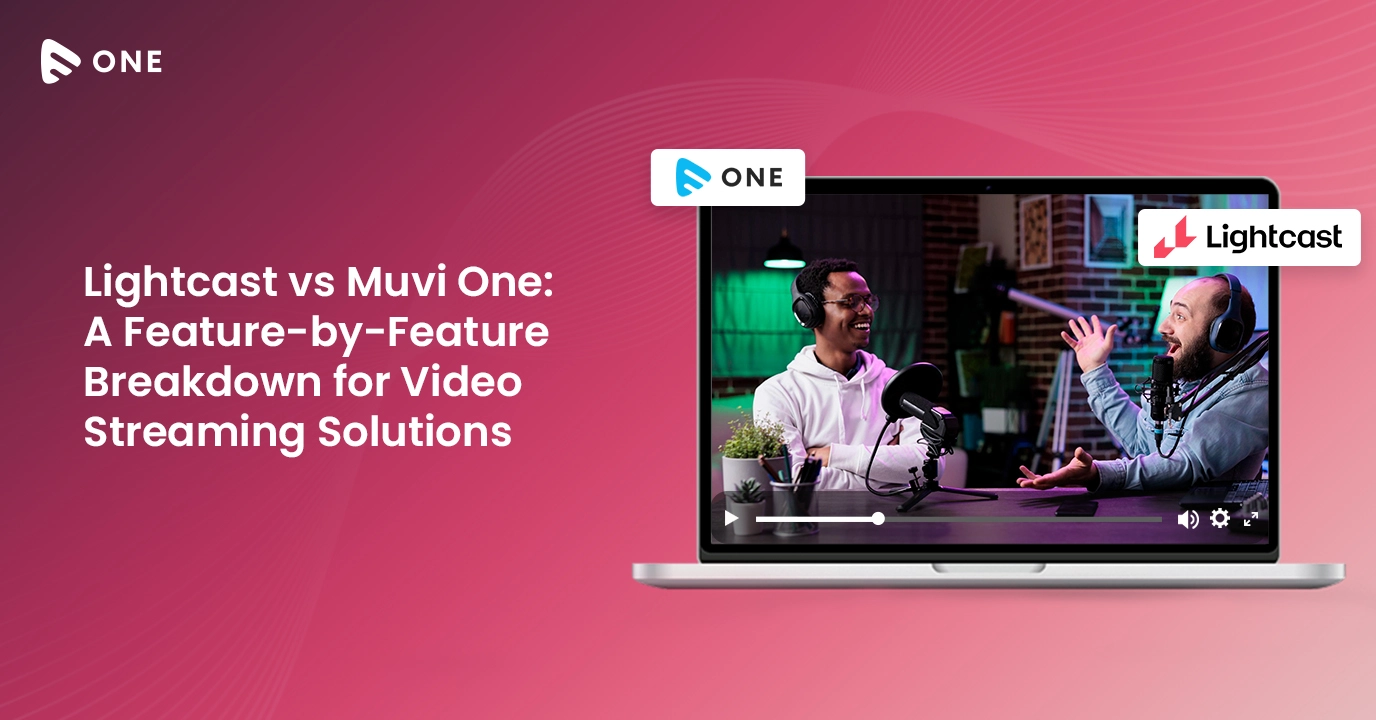
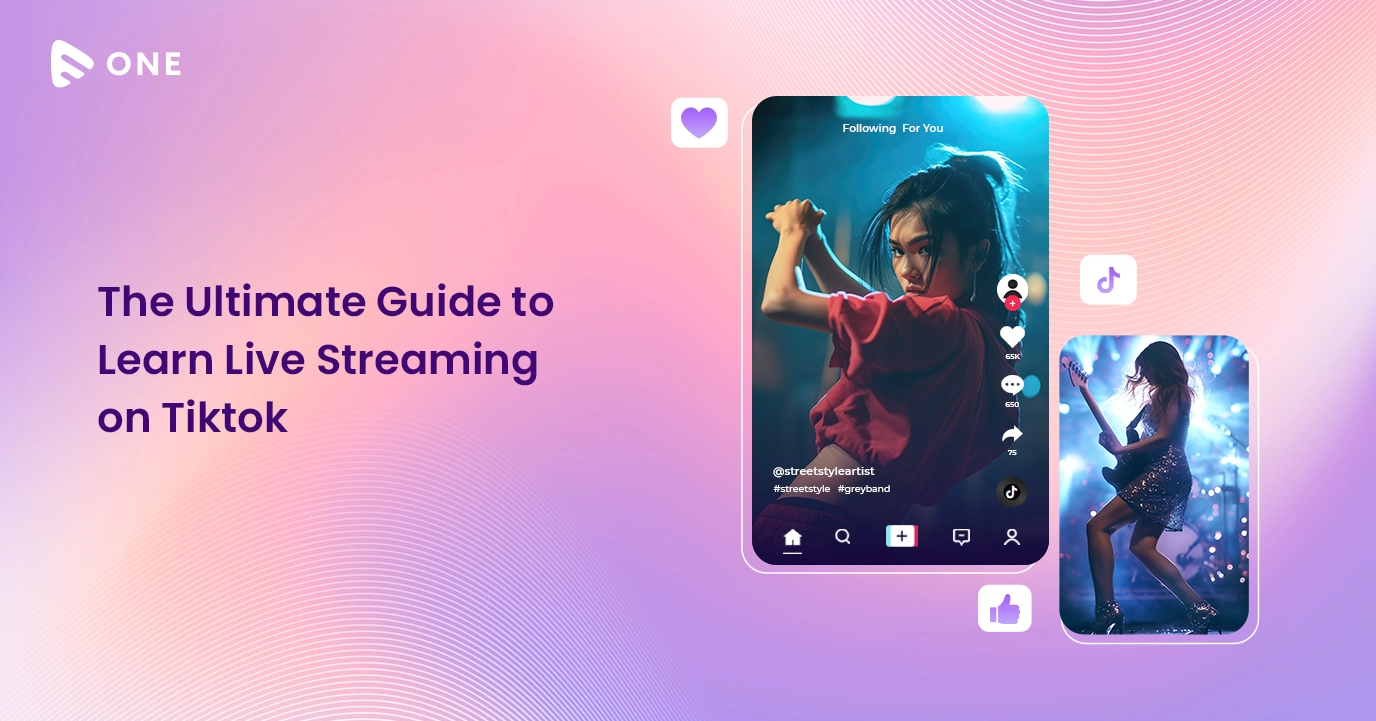
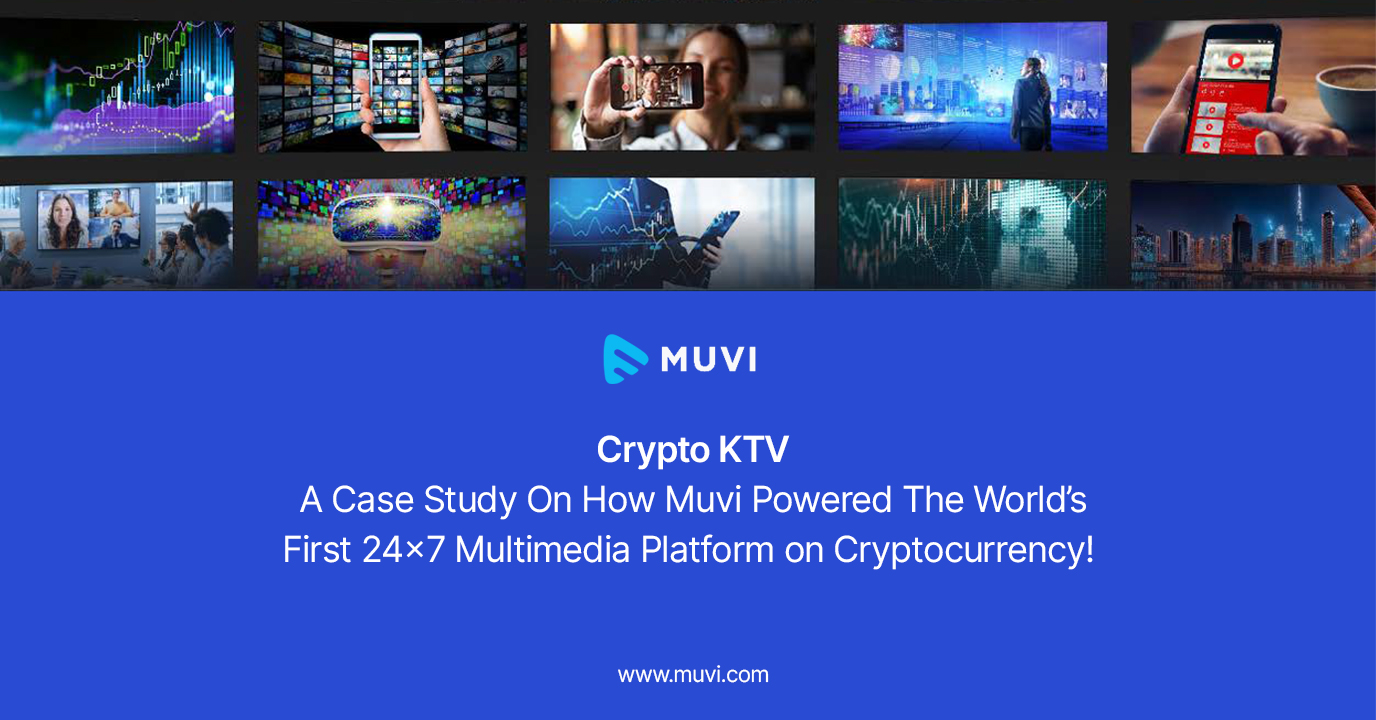
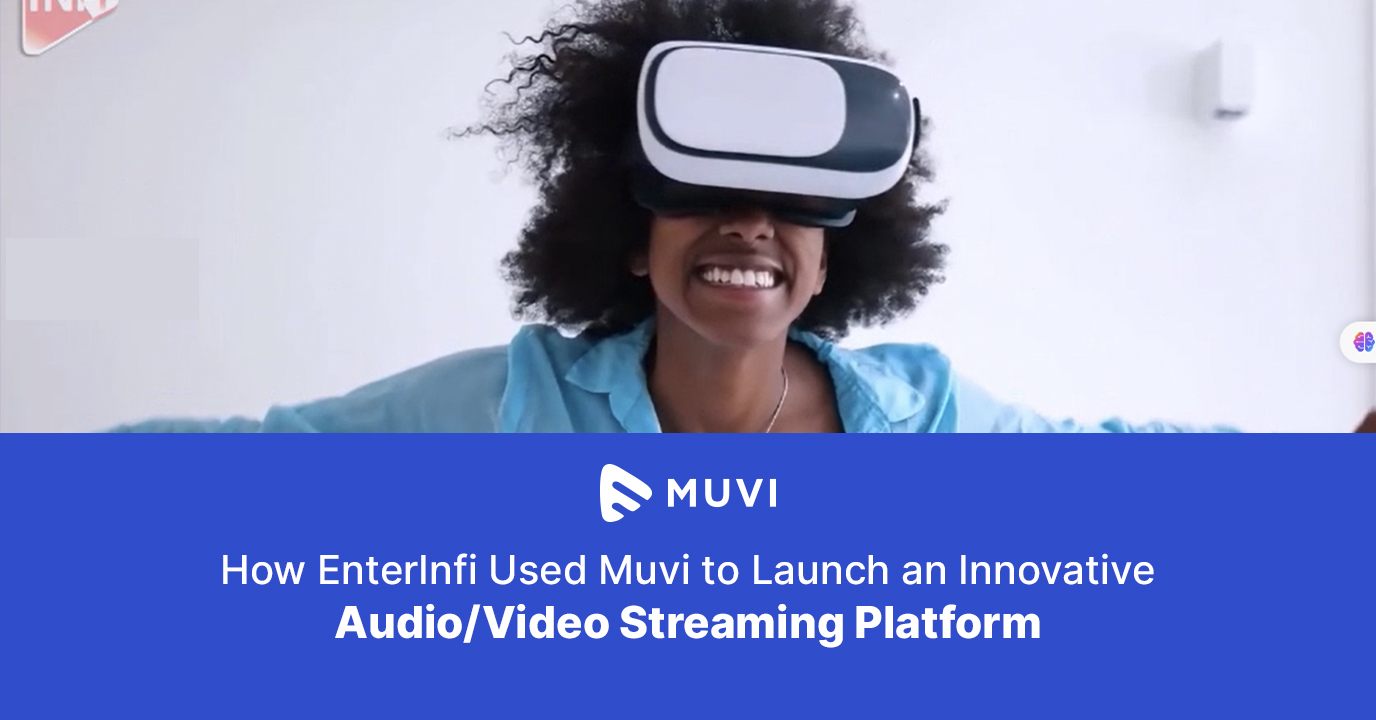








Add your comment